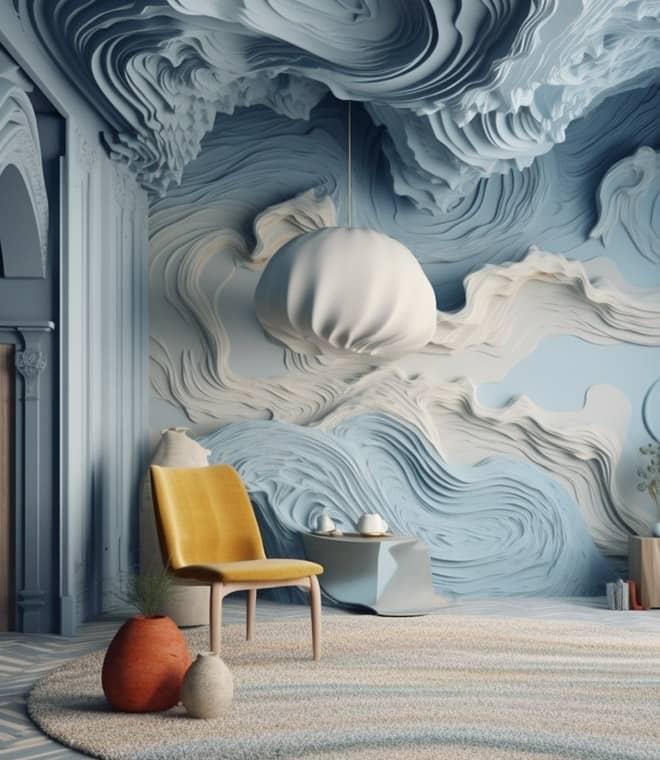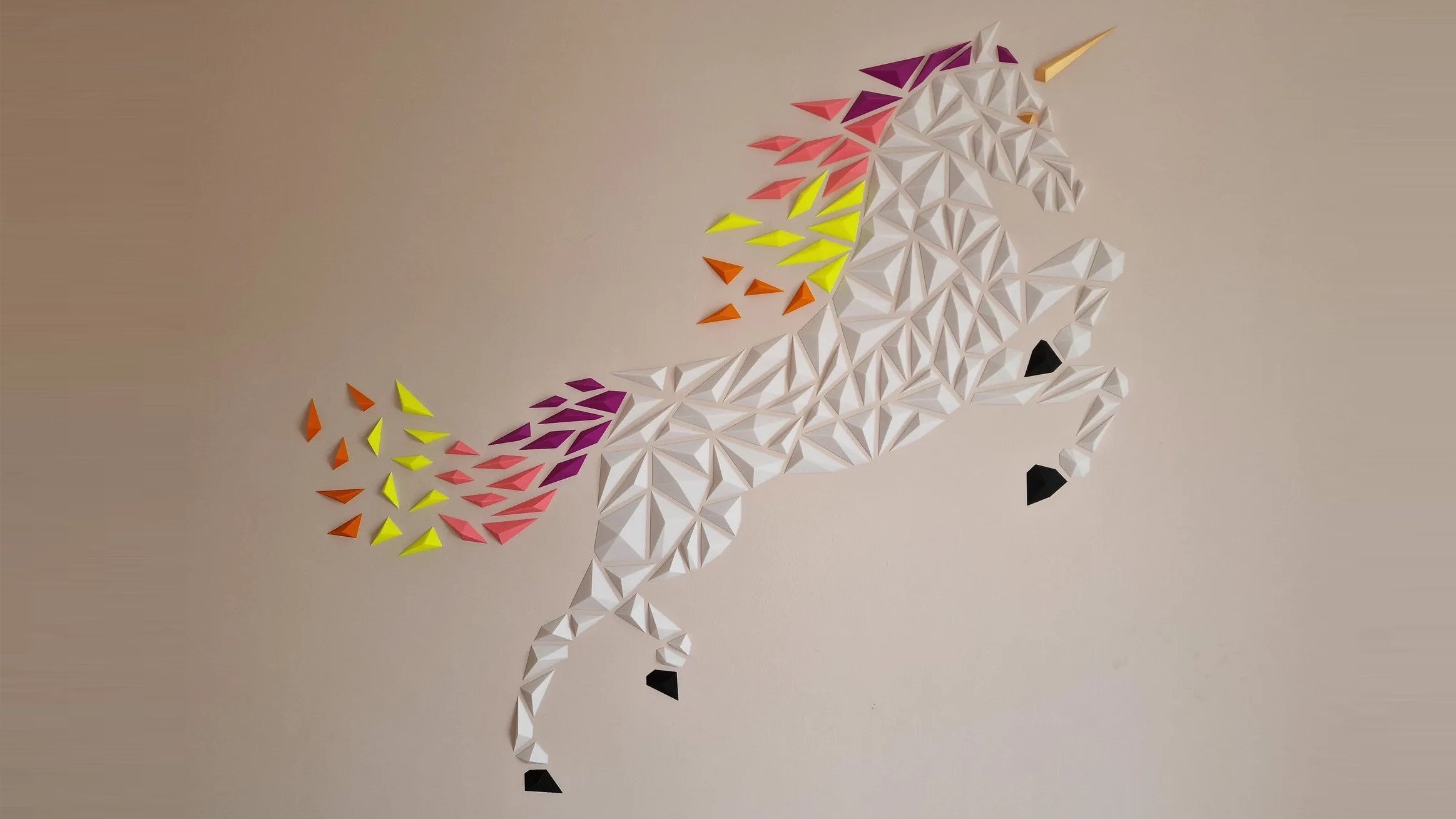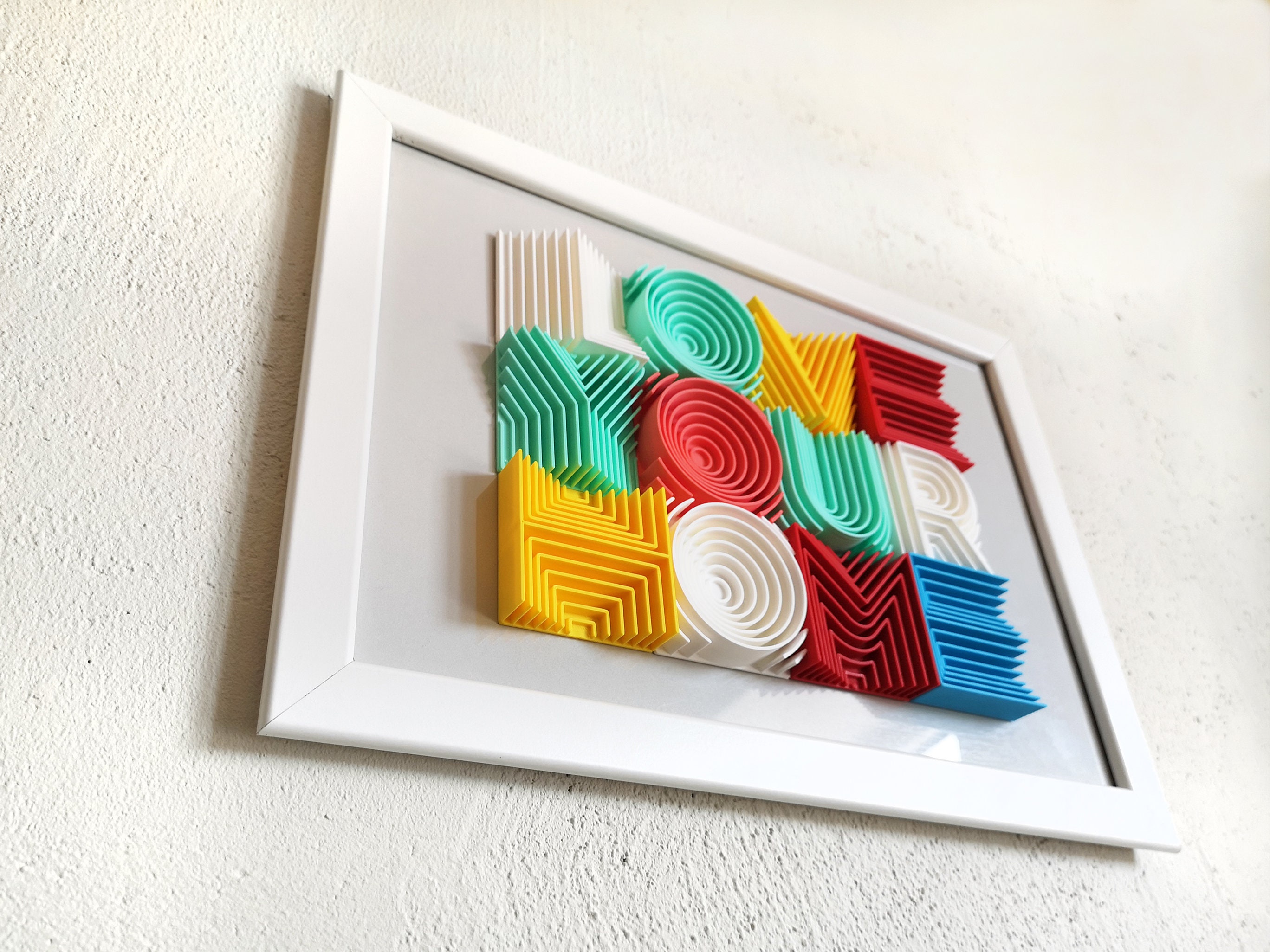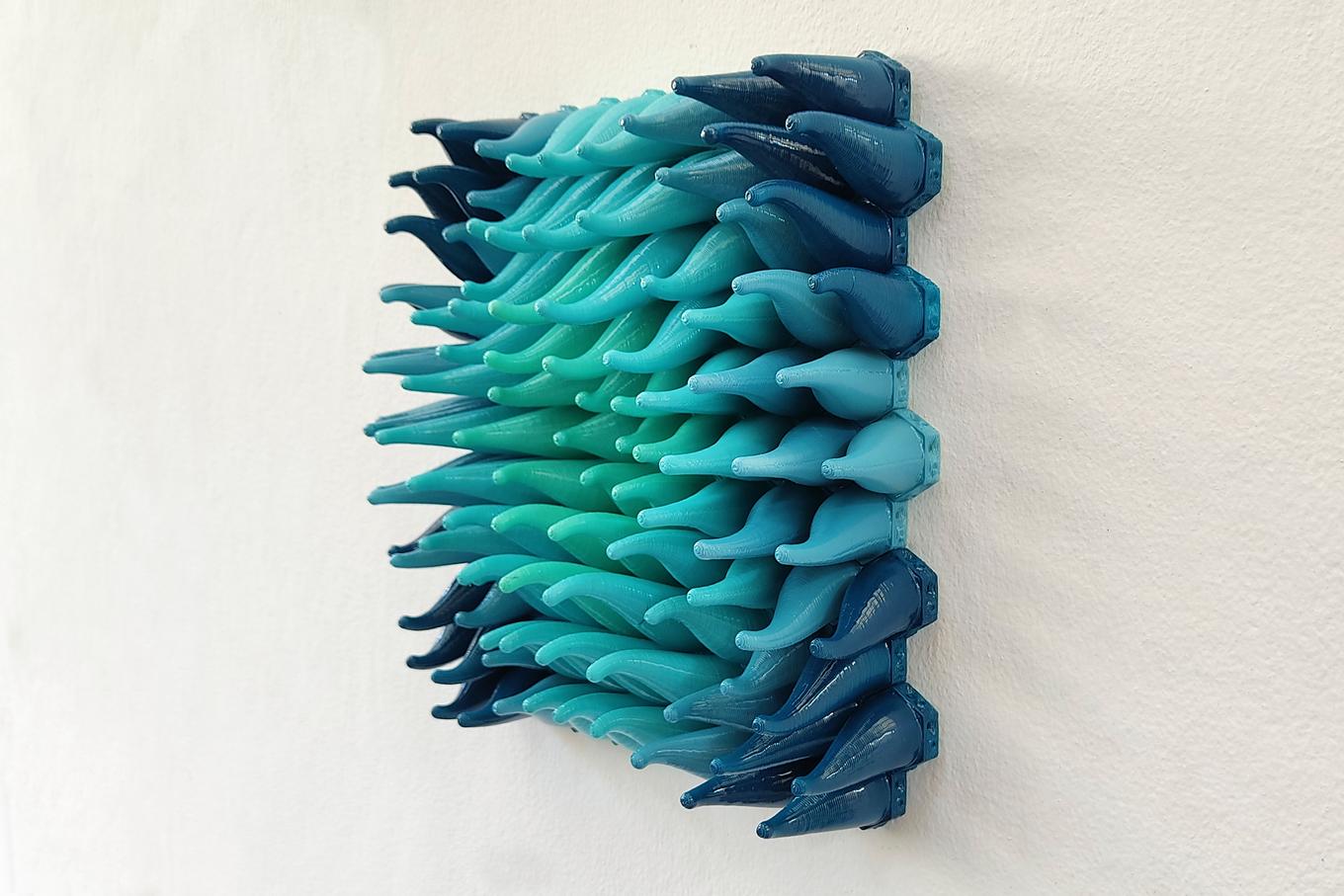Are you looking for a unique way to enhance your home’s aesthetic? If so, 3D printed wall decor might just be the perfect solution. This innovative technique allows you to create stunning pieces that reflect your personality and style. In this article, I’ll share my personal experiences with 3D printed wall decor, its benefits, how to create it, and much more. Let’s dive in!
What is 3D Printed Wall Decor?
3D printed wall decor refers to decorative elements created using 3D printing technology. This method allows designers and hobbyists to craft intricate patterns and structures that traditional methods can’t easily achieve. From geometric designs to elaborate murals, the possibilities are virtually limitless.
The Rise of 3D Printing in Home Decor
Once considered a niche technology, 3D printing has exploded in popularity over recent years. Here are a few contributing factors:
- Accessibility: The price of 3D printers has significantly decreased, making them accessible for personal use.
- Customization: Each piece can be customized to fit personal tastes or specific spaces.
- Eco-Friendly Options: Many materials used in 3D printing are recyclable or biodegradable.
Benefits of 3D Printed Wall Decor
3D printed wall decor comes with numerous advantages:
1. Unique Aesthetic
3D printing allows for intricate designs that stand out from conventional wall art. This uniqueness adds a focal point to any room.
2. Customization
Whether you’re looking for a specific color, size, or shape, the customization options are endless. You can design pieces that perfectly match your decor theme.
3. Affordability
Often, 3D printed items can be more cost-effective compared to traditional handcrafted art, especially when produced in bulk.

4. Sustainability
Using recycled materials in 3D printing contributes to eco-friendly practices and reduces waste.
5. Quick Production
With the right 3D printer, you can create beautiful wall decor in a fraction of the time it takes traditional methods.

How to Create 3D Printed Wall Decor
Creating your own 3D printed wall decor can be a rewarding experience. Here’s a step-by-step guide:
Step 1: Design Your Piece
You can use design software such as Tinkercad, SculptGL, or Blender to create a digital model of your decor. For beginners, Tinkercad is user-friendly and perfect for small projects.
Step 2: Choose the Right Material
Common materials for 3D printing include:
- PLA: A biodegradable plastic that is easy to print.
- ABS: A durable plastic, ideal for outdoor decor.
- PETG: A versatile material that combines the best features of PLA and ABS.

Step 3: Print Your Design
Load your design file onto the 3D printer and choose your settings according to the material you are using. Always monitor the printing process to avoid errors.
Step 4: Finishing Touches
After printing, you might want to sand, paint, or apply a finish to your decor piece to enhance its appearance.

Creative Ideas for 3D Printed Wall Decor
If you’re looking for inspiration, here are some creative ideas:
- Geometric Wall Art: Create abstract shapes that form a modern design.
- Personalized Name Plates: Design custom name plates for children’s rooms or office spaces.
- Floral Patterns: Use 3D printing to make floral wall sculptures that bring nature indoors.
- Wall Hooks: Functional yet decorative wall hooks in unique designs.
Comparison of 3D Printed Wall Decor vs. Traditional Wall Decor
| Feature | 3D Printed Wall Decor | Traditional Wall Decor |
|---|---|---|
| Customization | High | Moderate |
| Cost | Lower for bulk | Higher (especially handmade items) |
| Aesthetic Variety | Unique and varied | Classic and diverse |
| Production Time | Fast | Slower |
| Environmental Impact | Can be eco-friendly | Varies |

Pros and Cons of 3D Printed Wall Decor
Pros
- Highly customizable to fit personal styles.
- Quick production times.
- Cost-effective in bulk production.
- Innovative designs not possible with traditional methods.
Cons
- Quality can vary based on printer and material.
- Requires design skills for custom pieces.
- Some materials may lack durability compared to handcrafted items.

Frequently Asked Questions (FAQs)
1. What materials are best for 3D printed wall decor?
The best materials include PLA for ease of use, ABS for durability, and PETG for versatility. The choice depends on the desired finish and application.
2. Can I paint my 3D printed decor?
Absolutely! Painting can enhance the appearance of your decor. Use acrylic paints for the best results, and always ensure the surface is clean before painting.
3. Is 3D printed wall decor suitable for outdoor use?
Yes, but it’s best to use ABS or PETG materials, which are more resistant to the elements compared to PLA.
4. How can I ensure the quality of my 3D printed designs?
To ensure quality, optimize your design file for 3D printing, use high-quality filament, and regularly maintain your printer.
5. Where can I find design inspiration for 3D printed wall decor?
Platforms like Thingiverse, Cults3D, and MyMiniFactory are excellent resources for design inspiration.
Conclusion
3D printed wall decor offers a creative and innovative way to personalize your living space. With its unique design possibilities, affordability, and customizability, it stands out as an attractive option for homeowners and decorators alike. With a little bit of effort and creativity, you can transform any wall into a work of art that reflects your style.
Are you ready to embark on your 3D printing journey? Start small, experiment, and most importantly, have fun with your decor choices!